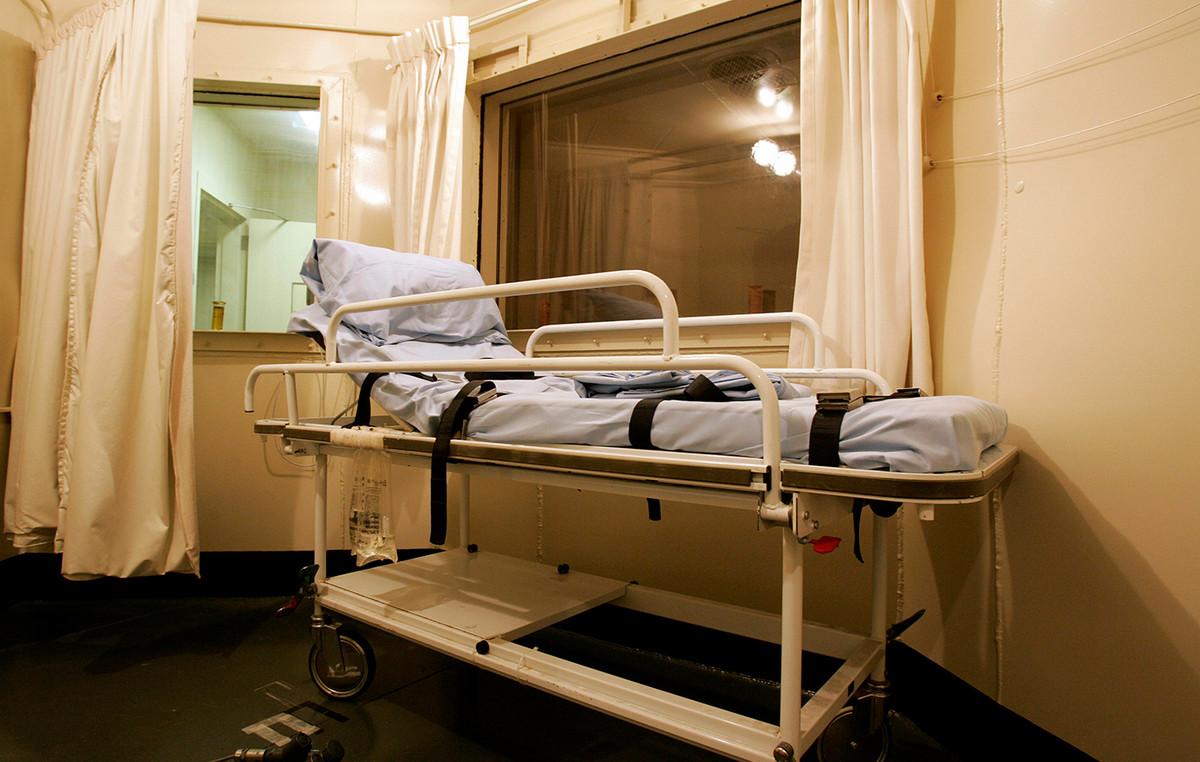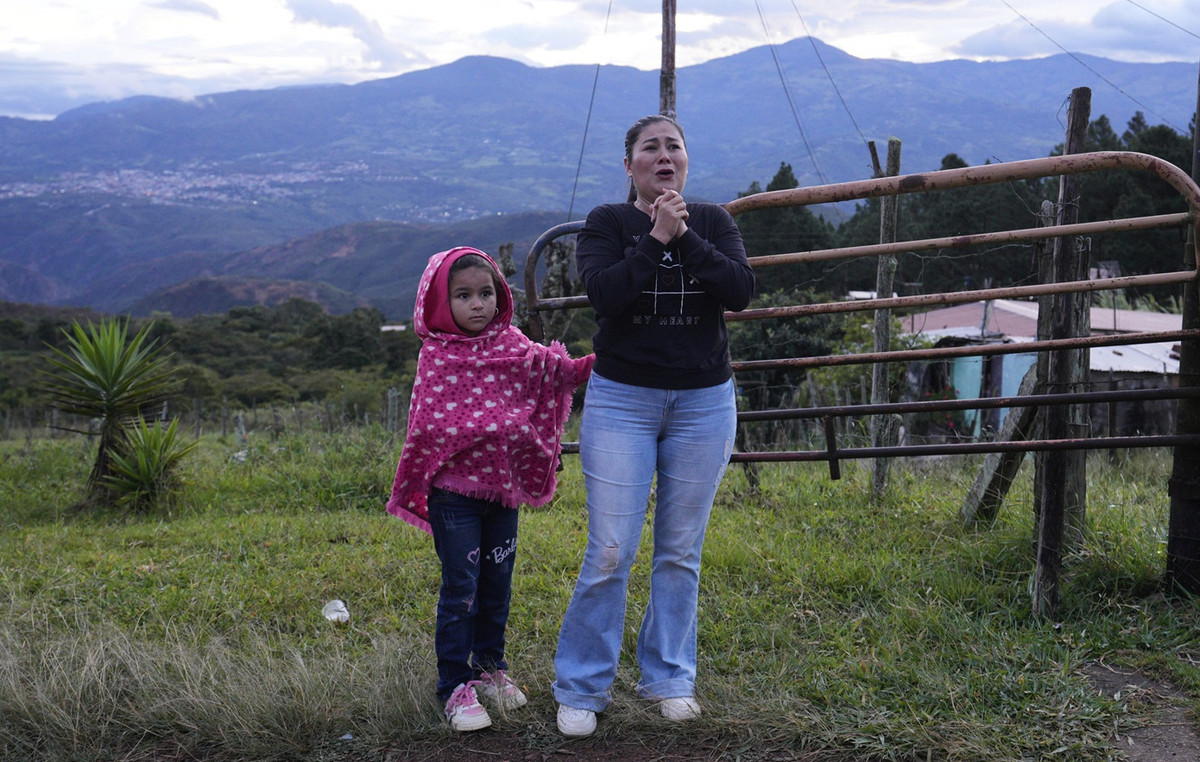The latest InfoGripe bulletin from the Oswaldo Cruz Foundation (Fiocruz), released on Thursday (22), showed an increase in cases of Covid-19 in the country in recent weeks, especially among the elderly aged 65 and over.
According to the World Health Organization (WHO), the SARS-CoV-2 virus responsible for Covid-19 continues to circulate in all countries around the world and its global transmission has increased considerably. This increases the chances of infection and reinfection for those who have previously had the disease.
Although the end of the Covid-19 pandemic was declared by the WHO in May 2023, it is essential to remain in social isolation if you contract the virus. “Isolation remains important because, without it, the spread of the disease can occur, as well as the emergence of new variants”, says Moacyr Silva, an infectious disease specialist at Hospital Israelita Albert Einstein, CNN .
Furthermore, according to Eduardo Medeiros, associate professor of Infectious Diseases at the Paulista School of Medicine at the Federal University of São Paulo (EPM-Unifesp) and scientific director of the São Paulo Society of Infectious Diseases (SPI), with the decline in immunity and new Covid-19 infections, the body becomes at additional risk of suffering complications. “This is justified because Covid-19 is different from an acute respiratory condition like other flus and colds,” he warns.
How is social isolation done nowadays?
Currently, with the updated vaccines available to combat Covid-19, the isolation time after testing positive for Covid-19 has decreased: according to the Ministry of Health, the minimum isolation period is five days . On the 5th day of isolation, a new test must be carried out.
If the result is negative, the patient is released from isolation and can return to their usual activities. If the result is positive, they must remain in isolation for another two days. completing seven days . After the 7th day, if the patient has no symptoms or fever, he or she can leave isolation without the need for a new test.
The isolation period is counted from the first day of symptoms. The Ministry of Health considers “day 1” after 24 hours of symptoms. maximum isolation time can reach 10 days if the patient continues to have respiratory symptoms or fever on the 7th day after the onset of symptoms.
What is the current situation of Covid-19 like?
According to Silva, the new variants of Covid-19 have led to an infection characterized by the following symptoms:
- Sore throat;
- Cough;
- Headache;
- Body pain;
- Nasal congestion.
What could be related to the increase in Covid cases in Brazil?
In Silva’s view, two factors may be associated with the increase in Covid-19 cases in recent weeks: the lack of adherence to social isolation when there are respiratory symptoms, and the decrease in vaccination rates. “This is due either to the population’s lack of interest in the vaccine, or to the irregular supply of vaccine at health centers,” says the infectious disease specialist.
However, for the specialist, Covid-19 can already be considered a disease with seasonal outbreaks, just like the flu and colds. “That is why isolation and the use of masks when there are symptoms, the widespread use of alcohol gel in environments and coughing with etiquette are important.” [cobrir o nariz e a boca ao tossir e espirrar] are universal and fundamental measures”, says Silva.
How does the Covid-19 vaccination schedule currently work in Brazil?
Vaccination against Covid-19 currently follows the following schedule, according to the Ministry of Health:
- Children from 6 months to under 5 years old : vaccination schedule with 2 doses, the 1st dose being the monovalent XBB (Moderna) and the 2nd dose after 4 weeks, with the monovalent XBB vaccine (Moderna). Children fully vaccinated (three doses) previously with other vaccines against Covid-19 can receive another dose of the monovalent XBB vaccine;
- Priority groups (immunocompromised people from 6 months of age) : three-dose vaccination schedule, with the 2nd dose four weeks after the 1st, and the 3rd dose eight weeks after the 2nd. The vaccination schedule for immunocompromised people aged 5 years and older is 3 doses, followed by 2 annual doses with a 6-month interval between them;
- People over 5 years of age who have never been vaccinated and do not belong to priority groups : may receive one dose of the monovalent XBB vaccine (Moderna).
According to the Covid-19 Vaccination Strategy 2024, primary vaccination schedules are no longer routinely recommended for people aged 5 years and older who are not part of the priority groups.
Annual doses of the vaccine are recommended for priority groups aged 5 and over (one annual dose of the XBB vaccine, with a minimum interval of 3 months after receiving the last dose of any Covid-19 vaccine), and for immunocompromised people aged 5 and over, pregnant/postpartum women and people aged 60 and over (two annual doses of the XBB vaccine, with an interval of 6 months between each dose).
According to the Ministry of Health, the priority groups are:
- Children from 6 months to under 5 years old;
- People aged 60 or over;
- People with permanent disabilities;
- People living in long-term care facilities (ILPI and RI);
- Immunocompromised people;
- Indigenous people living on indigenous land;
- Indigenous people living outside indigenous land;
- Riverside;
- Quilombolas;
- Pregnant and postpartum women;
- Health workers;
- People with comorbidities;
- Persons deprived of liberty;
- Officials of the deprivation of liberty system;
- Adolescents and young people serving socio-educational measures;
- Homeless people.
This content was originally published in Got Covid-19? Find out how social isolation currently works on the CNN Brasil website.
Source: CNN Brasil
I am an experienced journalist and writer with a career in the news industry. My focus is on covering Top News stories for World Stock Market, where I provide comprehensive analysis and commentary on markets around the world. I have expertise in writing both long-form articles and shorter pieces that deliver timely, relevant updates to readers.







